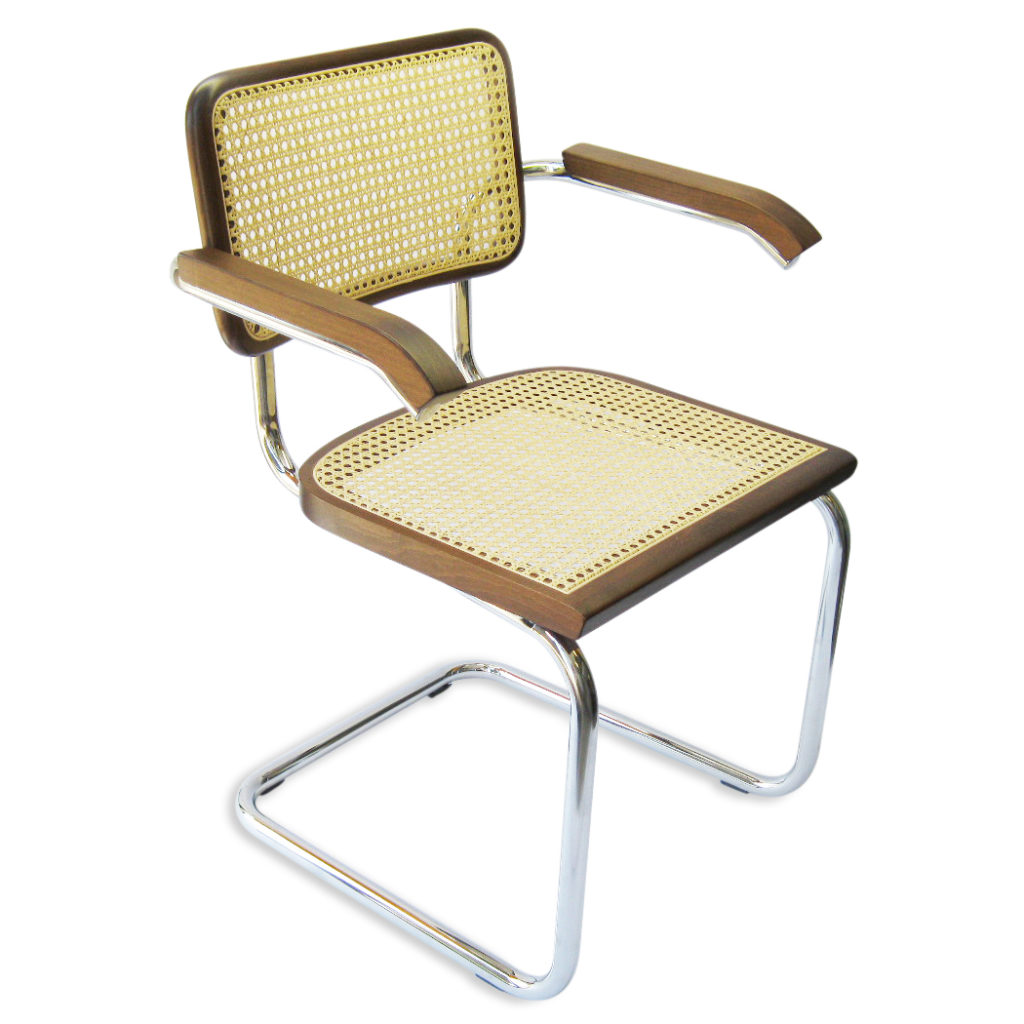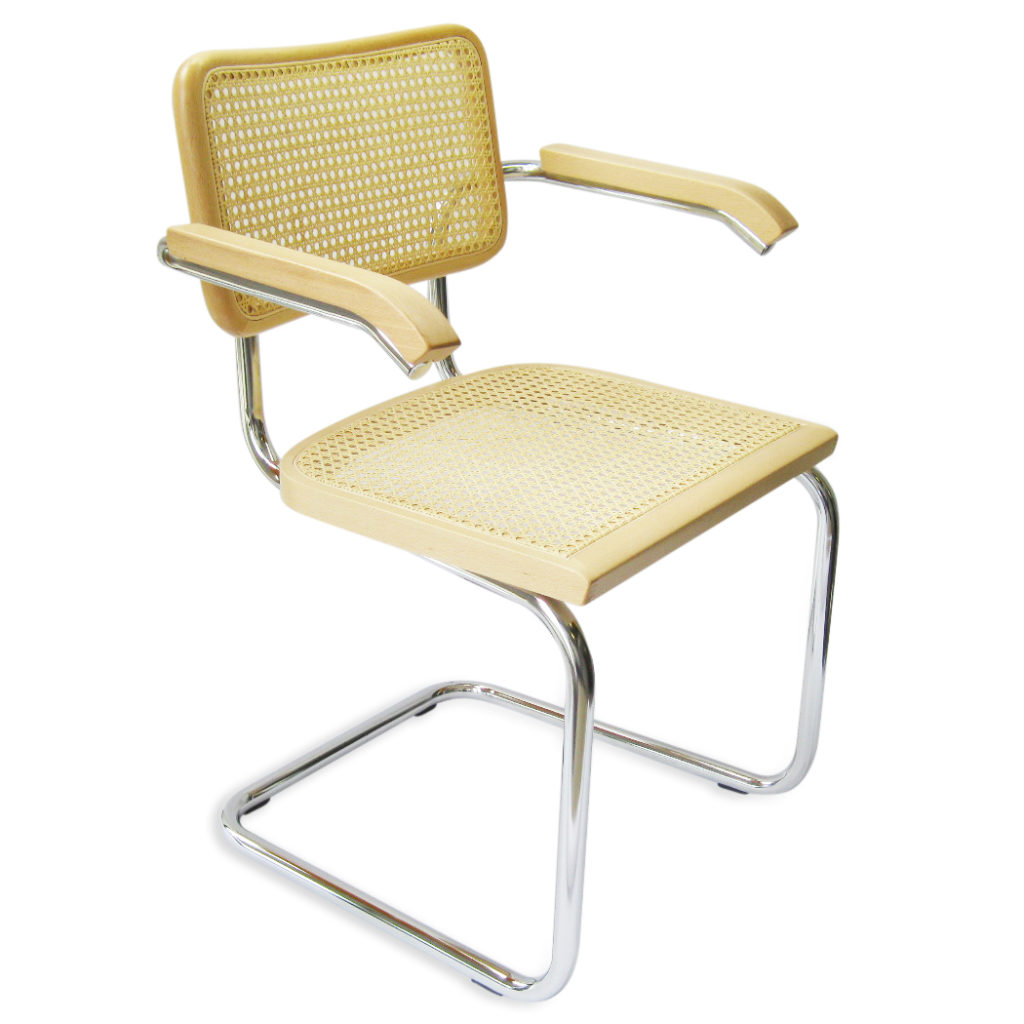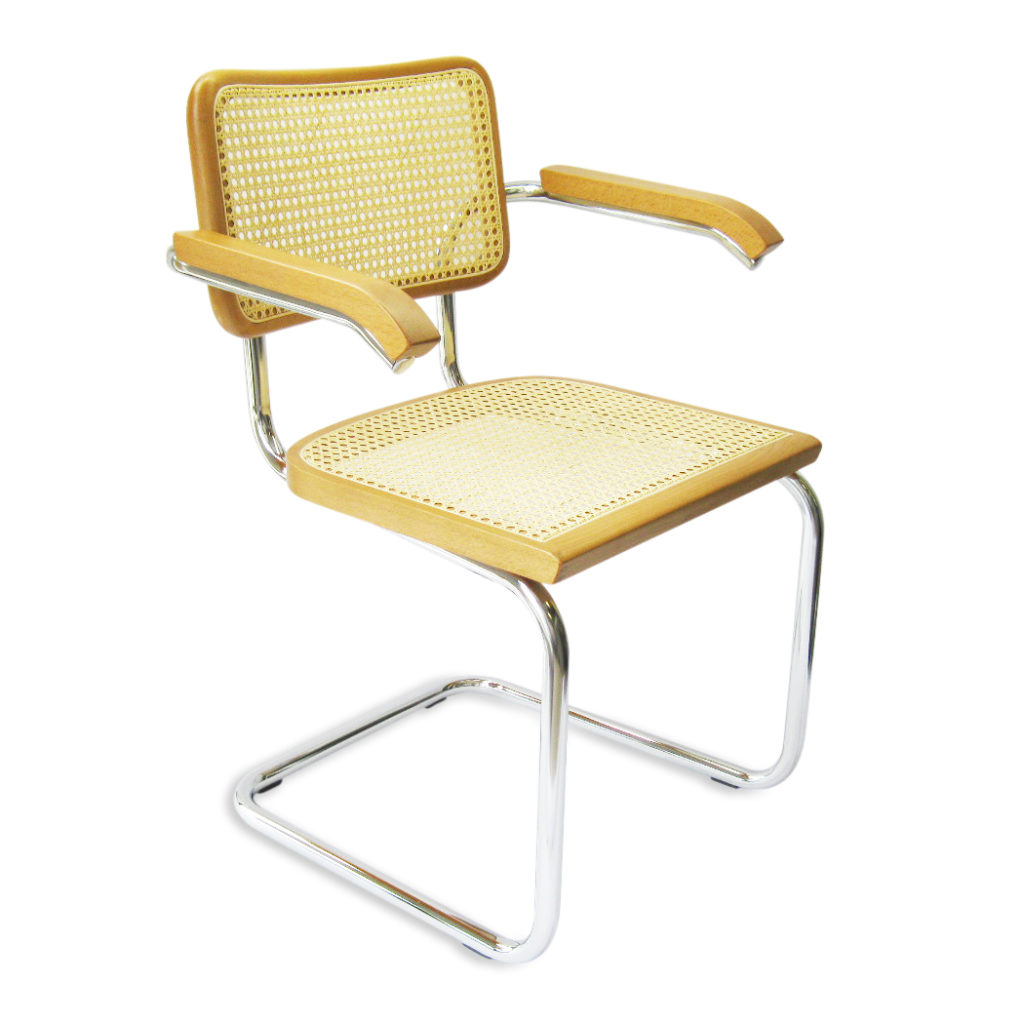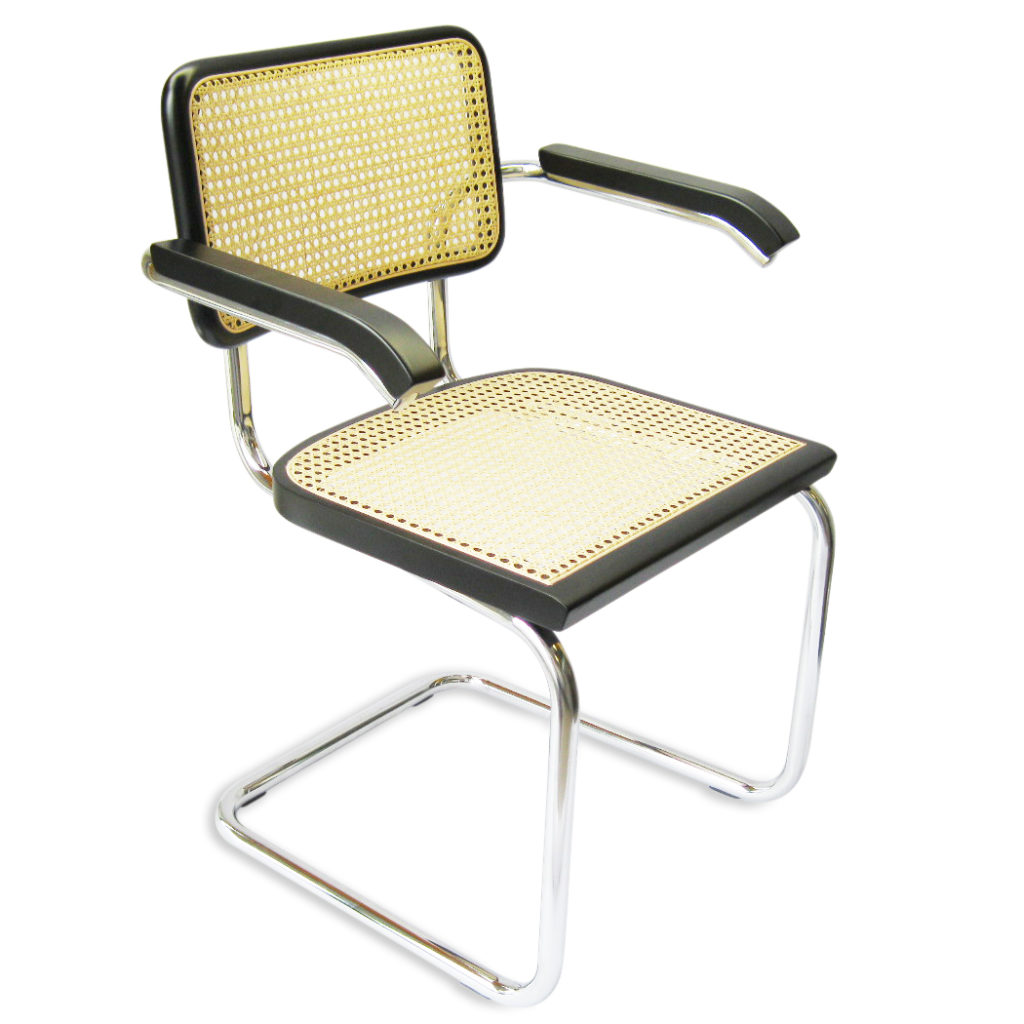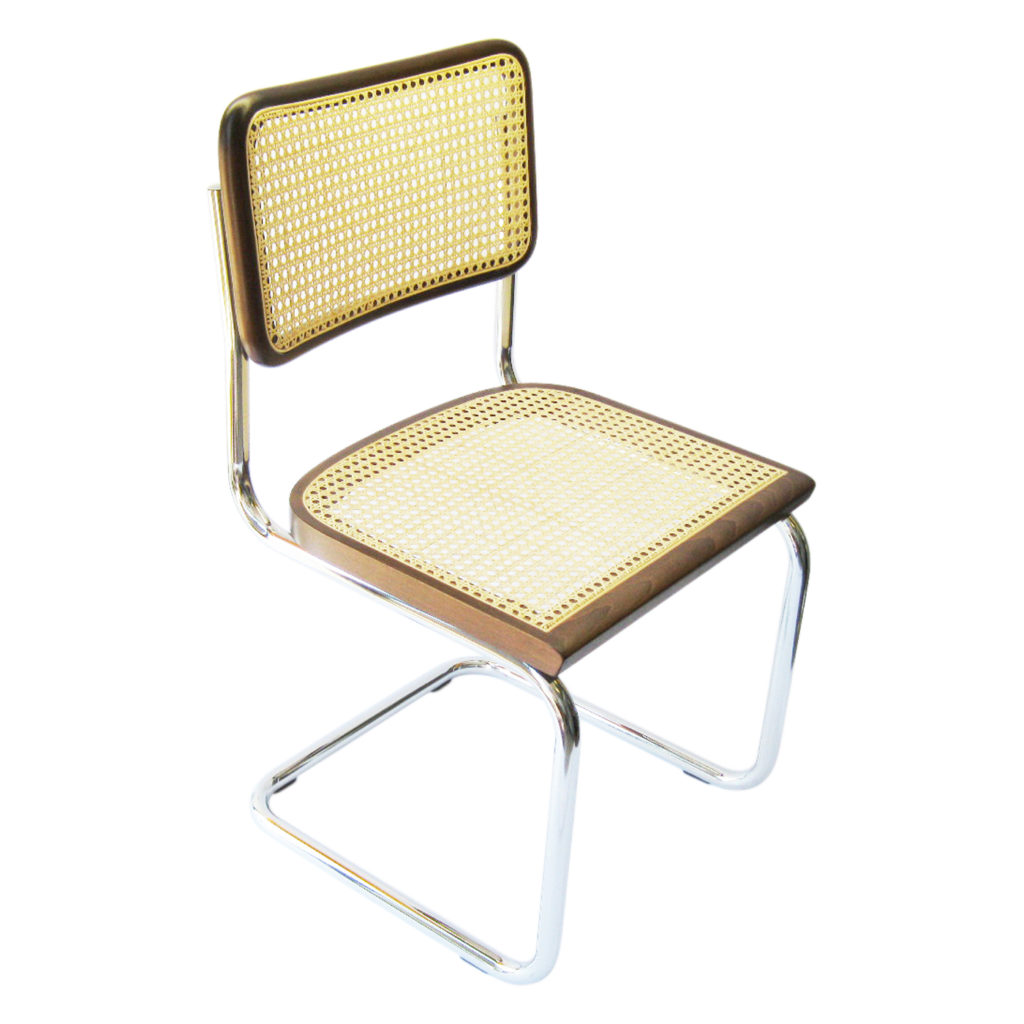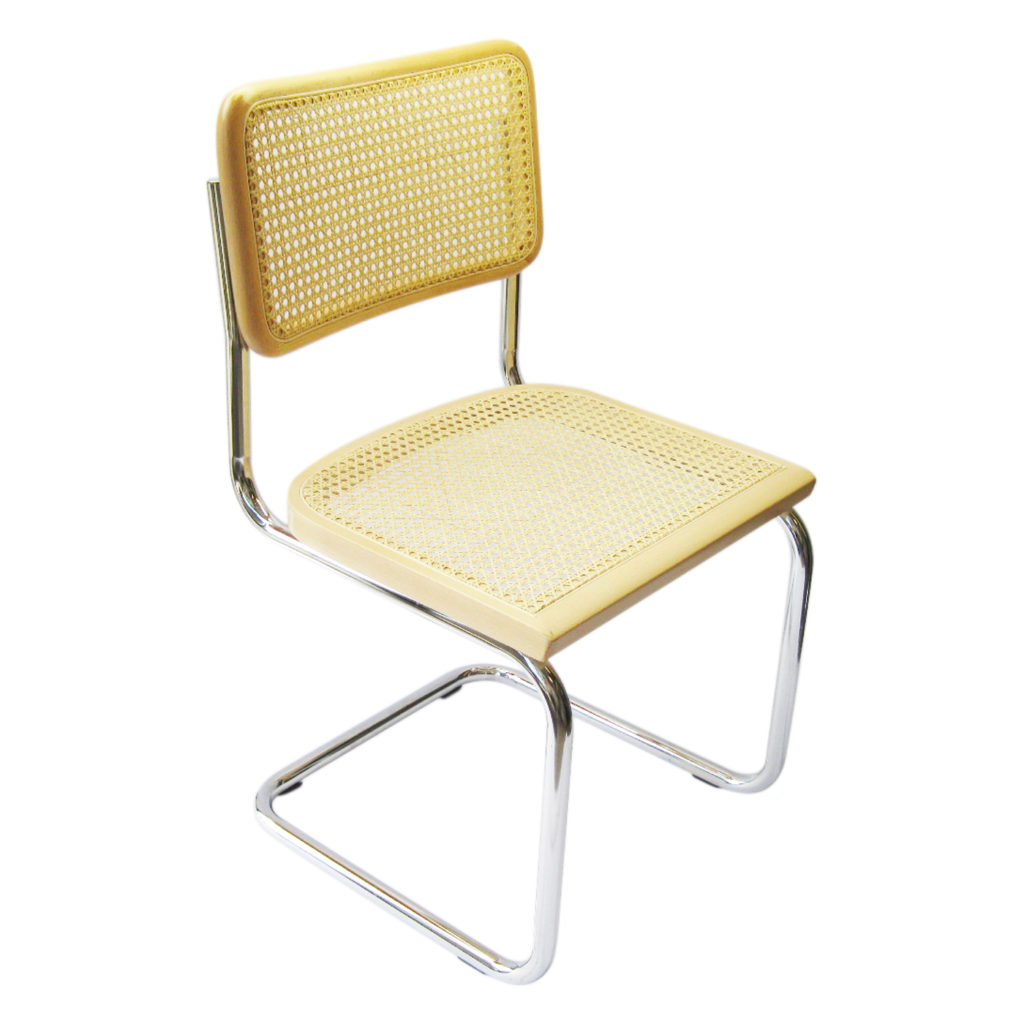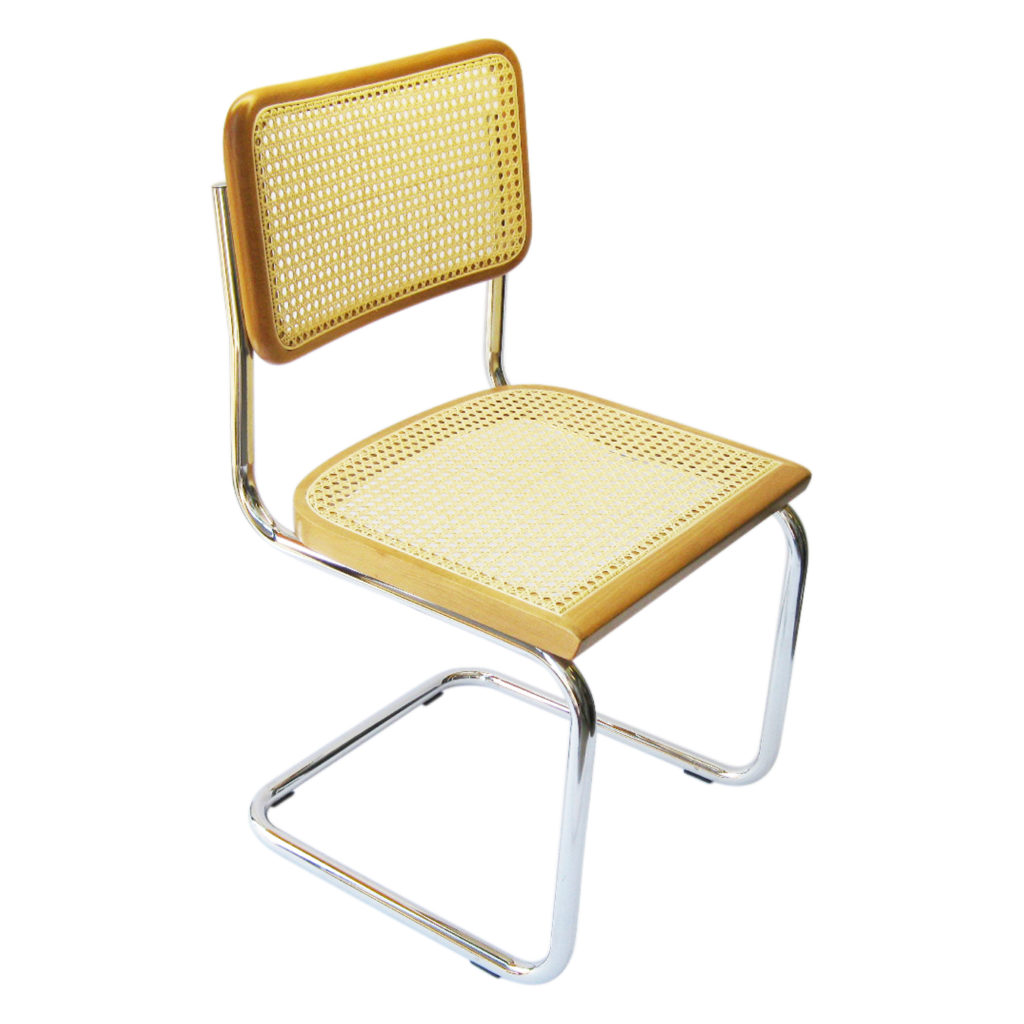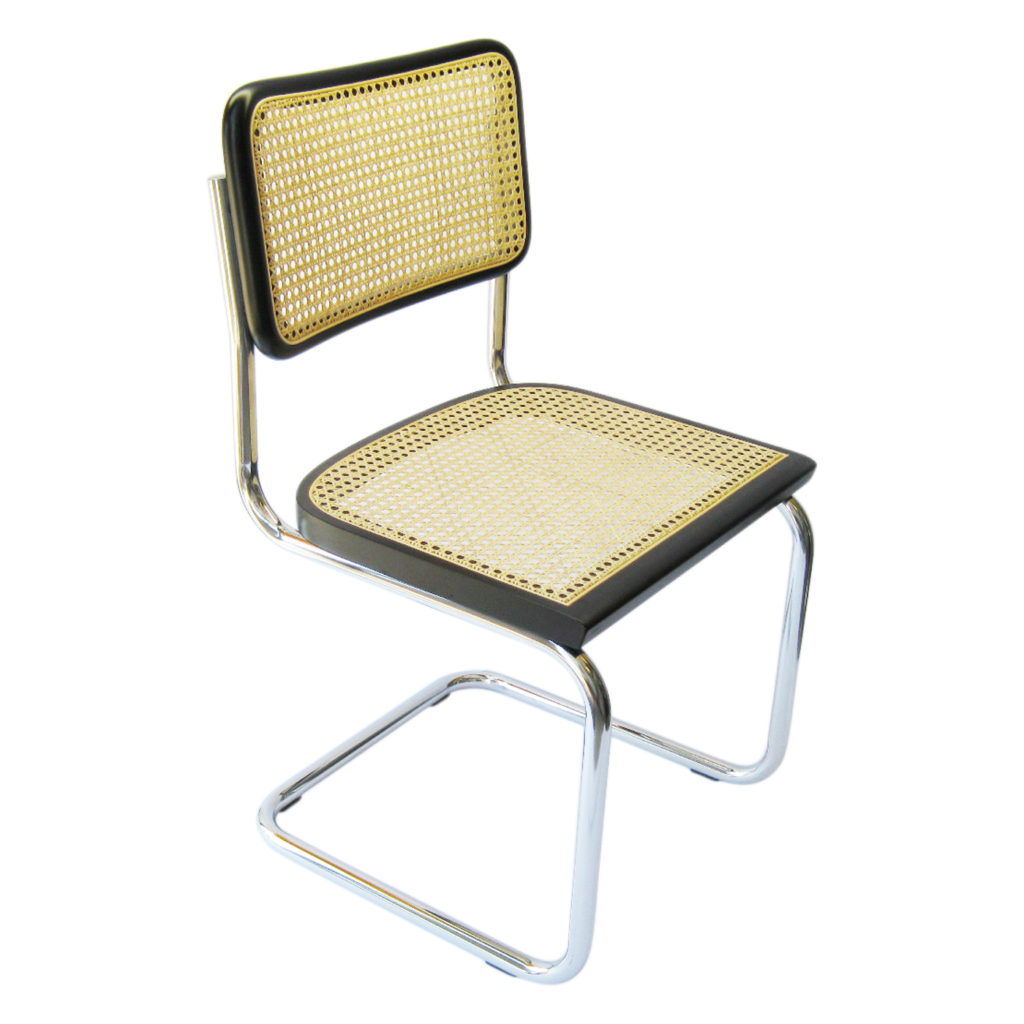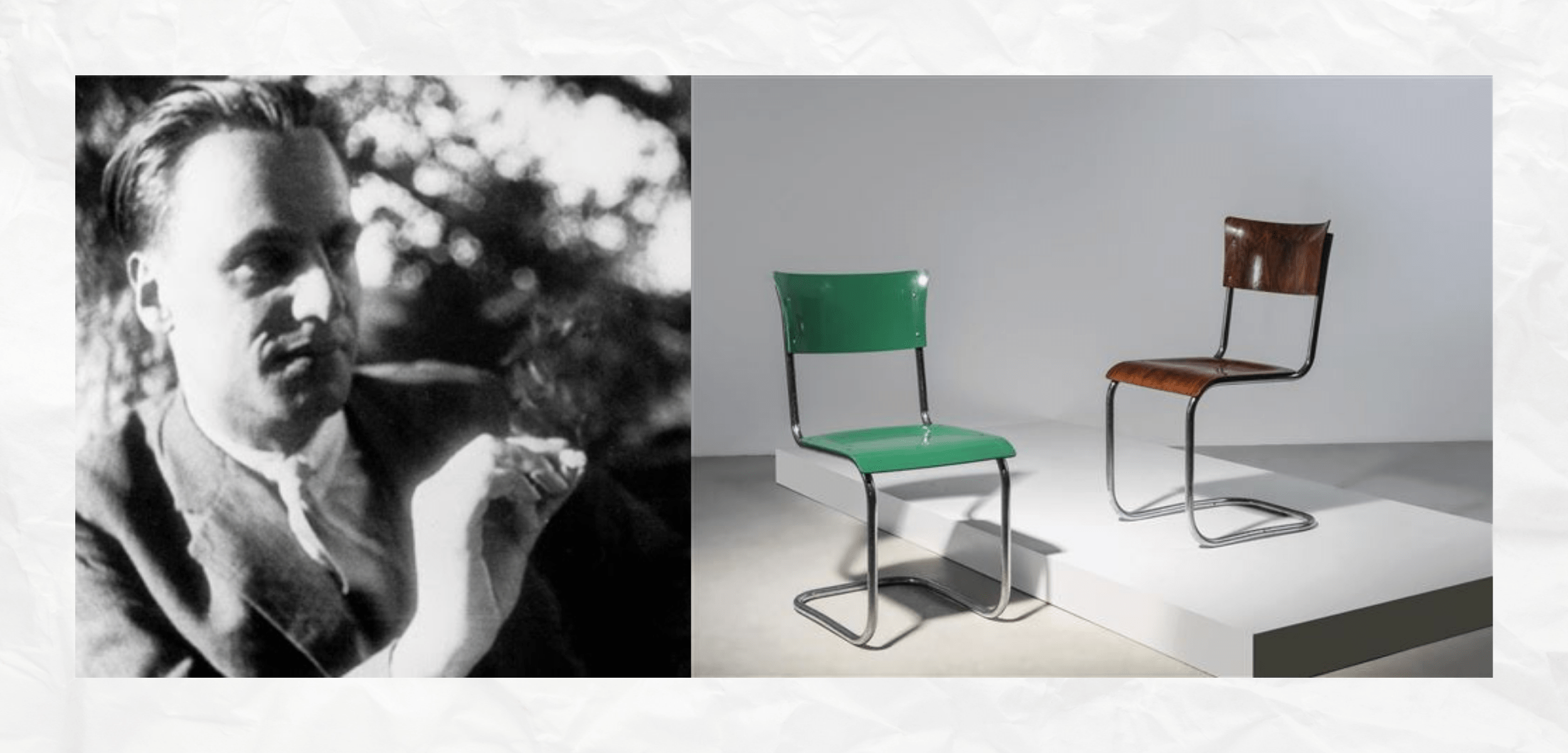The Life and contributions of Mart Stam in the world of architecture and furniture article cover all aspects of Mart’s life from his early years growing up during WWI until now where he still continues to design new projects around the globe.
Mart Stam is one of the most influential architects in the world. He has helped shape our cities and buildings with his innovative designs, but many people don’t know who he is or what he has done for architecture.
From studying under Le Corbusier, working with Frank Lloyd Wright, designing iconic skyscrapers like Chase Manhattan Bank Headquarters New York City (now JP Morgan Chase Tower) and One Shell Plaza Houston Texas (now Wells Fargo Bank Building), helping found Team 10 group that advocated for a new modernist approach to architecture through their writings, lecturing, and exhibition.
He is known for his work in the De Stijl movement, and as one of the founders of the Congrès Internationaux d’Architecture Moderne (CIAM).
The remarkable thing about Stam’s architecture is that it has been preserved in its original condition to such an extent that it can be studied today with great benefit. He is also known for his use of concrete and was one of the first architects to introduce this material in a functional way, as opposed to a decorative one.

He was born on April 22nd, 1925 in Amsterdam, where he also grew up with his brothers and sisters. His parents were not very wealthy but they did their best to provide him with an education that would help him achieve great things later on in life. In 1944 he started studying at the Delft University of Technology from which he graduated four years later after having finished all required courses except for those related to architecture because during World War II it was impossible to study architecture due to lack of materials needed for construction.
Another contribution of Mart Stam in the world of architecture and furniture is the original cantilever chair that was designed in 192, which worked for Gerrit Rietveld at the time. The idea came from his own love for sitting on chairs with arms that swing out when you lean back. He wanted to create something similar without having to deal with all the extra weight of those armrests. He created some iconic furniture pieces that are still widely used today.
Mart Stam and Marcel Breuer
After moving to Berlin, Stam devised a steel-tubing cantilever chair, using lengths of standard gas pipe and standard pipe joint fittings. New research indicates that Stam was inspired by a cantilever tubular steel seat installed in a 1926 Tatra T12 two-door saloon car. Ludwig Mies van der Rohe became aware of Stam’s work on the chair during planning for the Weissenhof Siedlung and mentioned it to Marcel Breuer at the Bauhaus. This led almost immediately to variations on the cantilevered tubular-steel chair theme by both Mies van der Rohe and Marcel Breuer and began an entire genre of chair design. In the late 1920s, Breuer and Stam were involved in a patent lawsuit in German courts, both claiming to be the inventor of the basic cantilever chair design principle. Stam won the lawsuit, and, since that time, specific Breuer chair designs have often been erroneously attributed to Stam. In the United States, Breuer assigned the rights to his designs to Knoll, and for that reason, it is possible to find the identical chair attributed to Stam in Europe and to Breuer in the U.S.
It’s an easy to assemble cantilever chair that takes up less room than other cantilever chairs on the market. Cantilever chair is a revolutionary design that has been embraced by both the furniture industry and consumers alike.
